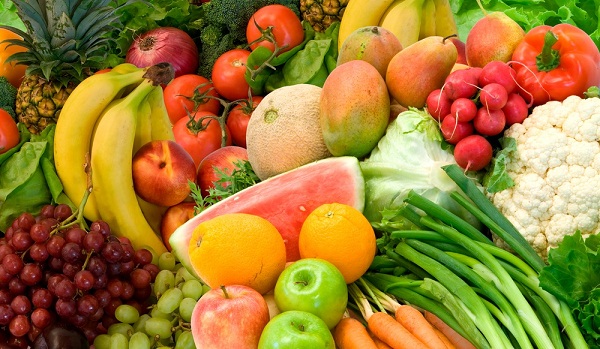5 Food Suggestion for a healthy lifestyle
We might not feel the need to take care of our body while we are younger since we are young and we are strong. But, soon, we need to face the fact that we are getting old and that is where all the problem comes in.
Of course, if you live in countries like Monaco, Japan, and Singapore; there is no need to fear old age since these countries have the highest quality of life. It means that they have the most people, who are getting old but healthy. It means that they would be able to live longer because of their healthy lifestyle.

This has something to do with the superfoods that they eat regularly. Something that most people from around the world neglect.
Here are the best food to halt the aging process:
Adamame (Soybeans) – we can see those most of the time with almost Asian Cuisines Soybeans are often sold in snack packs, but they are also added to a varied range of dishes, from soups to rice-based meals, though they are served as cooked and seasoned on their own, too. They are rich in the coumnd known as isoflavones, a type of phytoestrogen – that is a plant-derived, estrogen-like substances. Isoflavones are known to have anti-inflammatory, antioxidant, anti-cancer, and antimicrobial properties.
Tofu (soybean curd) – Similarly, tofu, a white cheese-like product made of soybean curds, has been linked to a wealth of health benefits for the same reasons. Tofu is often found cooked in typical Eastern Asian dishes; it can be fried, baked, or boiled (for instance, in soups). They are also rich in isoflavones, whose health benefits we’ve outlined above; it is also a good source of protein, and it contains all the essential amino acids that our bodies need to synthesize protein.
Carrot – this are the orange vegetable known for their beta-carotene, a pigment — and carotenoid — that gives the widespread version of this root vegetable its color. Beta-carotene can be converted by our bodies into vitamin A, which, according to the National Institutes of Health (NIH), “is involved in immune function, vision, reproduction, and cellular communication.” Our bodies cannot produce vitamin A on their own, so it must be derived from our diet.
Cruciferous vegetables
Another important type of food on our list are cruciferous vegetables — also known as “Brassica vegetables” — which include a wide array of green foods, such as cabbage, broccoli, Brussels sprouts, cauliflower, bok choy, radish, and kale.
These vegetables boast an especially rich nutrient content, including many vitamins (C, E, K, and folate), minerals (potassium, calcium, and selenium), and carotenoids (lutein, beta-carotene, and zeaxanthin).
Cruciferous vegetables also contain glucosinolates, the substances that give these greens their characteristic pungent flavor. These substances have been found to bring diverse health benefits.
Salmon
Recent studies have suggested that consumption of meat — mostly red meat, but also some kinds of poultry meat — could be harmful to our health in the long run. A good alternative for protein in this case is fish, and salmon, in particular, affords many nutritional benefits.
Salmon is packed with protein, and also contains plenty of omega-3 fatty acids, which is said to be beneficial for eyesight. Research has demonstrated that omega-3 protects against dry-eye syndrome, characterized by insufficient lubrication of the eyes, which can lead to soreness and blurred vision.
Moreover, omega-3 fatty acids have been associated with brain health, and research suggests that they can stave off cognitive decline associated with aging.
Citrus fruits
Finally, citrus fruits are the unsung heroes of a healthful diet; these include a number of fruits that are now available worldwide, such as oranges, grapefruit, lemons, limes, clementines, mandarins, and tangerines.
For a long time, citrus fruits have been recommended by nutritionists and grandmothers alike for their high content of vitamin C, which has antioxidant properties, and is said to bring a wide array of health benefits, including to reduce inflammatory damage, and to fend off infections.
Specialists point out, however, that this type of fruits goes well beyond just vitamin C when it comes to nutritional content.
